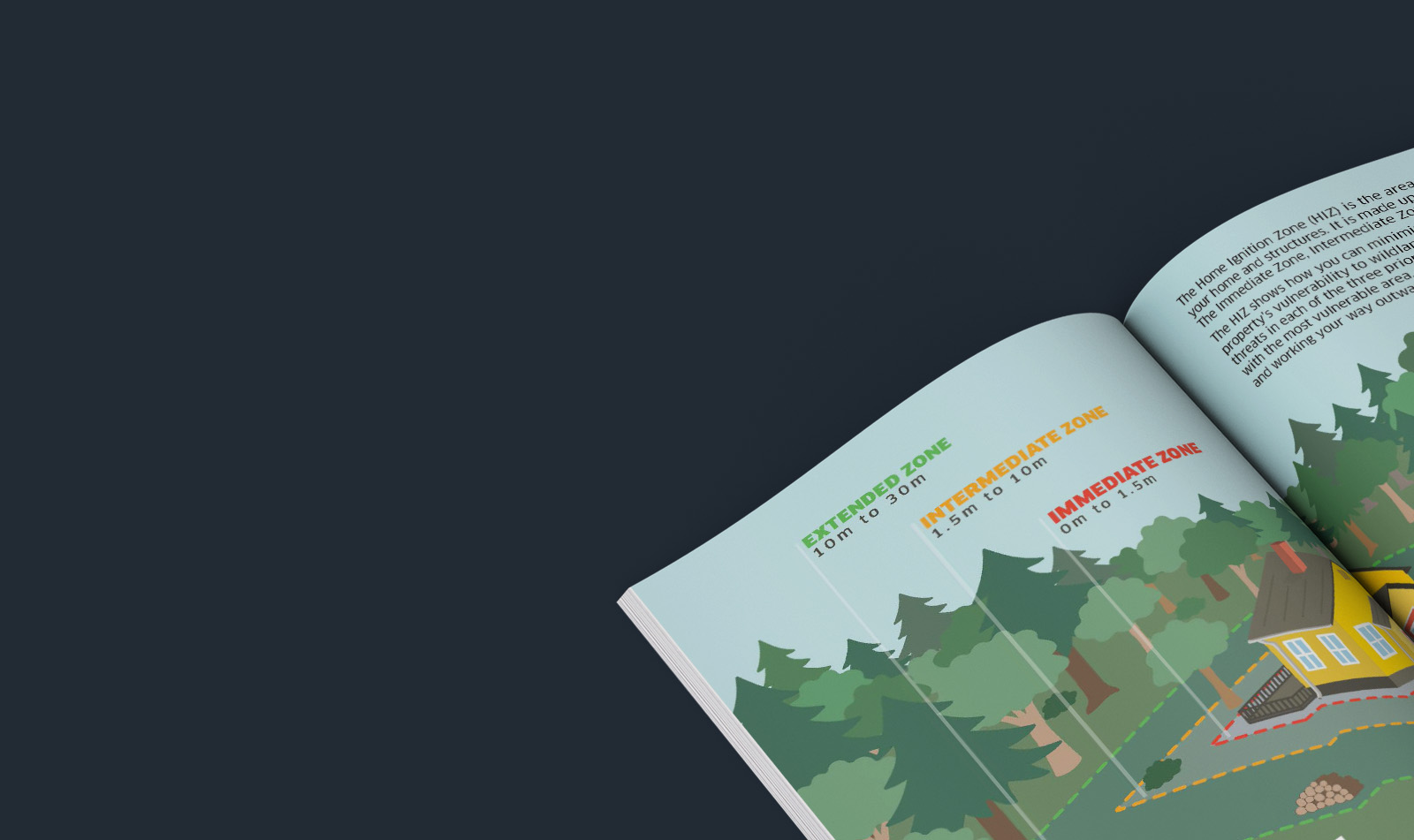Wildfire won’t wait for you to make a plan.
BC is currently in the midst of the worst wildfire season in history, with more than 1.8 million hectares of land lost to the fires burning across the province. Regardless of the fire danger rating of your community, we have the information and resources you need to take action and get prepared.
Follow evacuation alerts and orders
Knowing what to do in case of an evacuation alert or evacuation order could save your life, and possibly your property. An evacuation alert means you need to be ready to leave at a moment’s notice. Use the The FireSmart BC Emergency Wildfire Preparedness Checklist to make sure you’re ready before or during an alert. An evacuation order means the time to prepare is over. YOU NEED TO LEAVE IMMEDIATELY. During this level of emergency, your local evacuation centre should be your first point of contact.
Get prepared for wildfire
Prepare yourself and your family
Some of the most important ways you can prepare yourself or your family for an emergency evacuation are simple—and they’re all in the Wildfire Preparedness Guide by Prepared BC. Things like setting up a family communication plan in case you get separated, preparing grab-and-go bags for everyone in your household, and knowing your evacuation routes are just a few ways to make sure you’re ready. Download the Wildfire Preparedness Guide now and make a plan.
Download GuidePrepare your pets
In an emergency, your furry, feathery, finned, or scaly friends will be relying on you. So have a pet plan in place with pet-friendly contacts who can host or help you in case you need to evacuate. Prepare a grab-and-go pet bag with a leash, food and water for up to a week, health and vaccination information—everything you’ll need to ensure they’re safe and healthy away from home. For more tips and resources, download the Prepared BC Prepare For Your Pets Guide.
Download Pet GuidePrepare your property
There’s a lot you can do before an evacuation is ordered to protect your home, farmland, or ranch from wildfire. Moving fuel sources like firewood and lawn furniture away from your house, trimming branches near your roof, and cutting your lawn shorter are just a few quick chores you can do—before you’re in a wildfire emergency—that may save your property. For farmers and ranchers, download resources here. For all other residents, our FireSmart Begins at Home Guide is an essential tool for mitigating the threats of fire.
View GuideNow’s the time to get FireSmart.
Whether the fire danger rating is extreme or low, the stakes are always high if you’re not prepared. Following evacuation alerts and orders and getting ready before a wildfire disaster strikes can make a world of difference. So make a plan, keep your property FireSmart, and stay up to date on the latest evacuation alerts and orders this wildfire season.
FireSmart BC Begins At Home Guide
This guide provides easy steps to make your property FireSmart, so you can reduce the potential impacts of wildfire on your home, neighbourhood, and community.
See the guide
Looking for FireSmart tips? Check out these 11 quick tips on the FireSmart Your Home Infographic
Get prepared today with these other key resources
The Home Partners Program
The FireSmart Home Partners Program was designed to engage homeowners in voluntary wildfire mitigation activities by offering a professional home assessment with property-specific recommendations.
FireSmart BC Home Assessment Overview
This video shows a typical FireSmart Home Assessment and walks through practical advice to make your home and property more resilient to the risk of wildfire.
FireSmart Home Ignition Zone
Learn about the 3 home ignition zones around your property by downloading this resource. Work with your neighbours in any overlapping priority zones!
